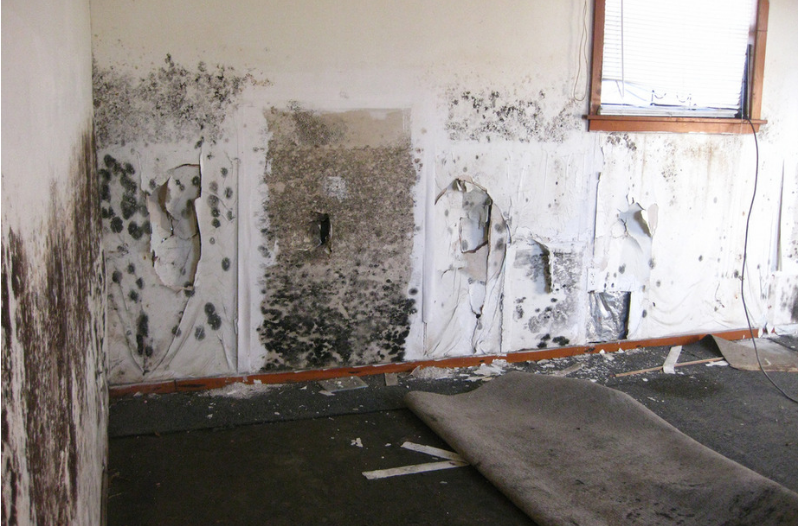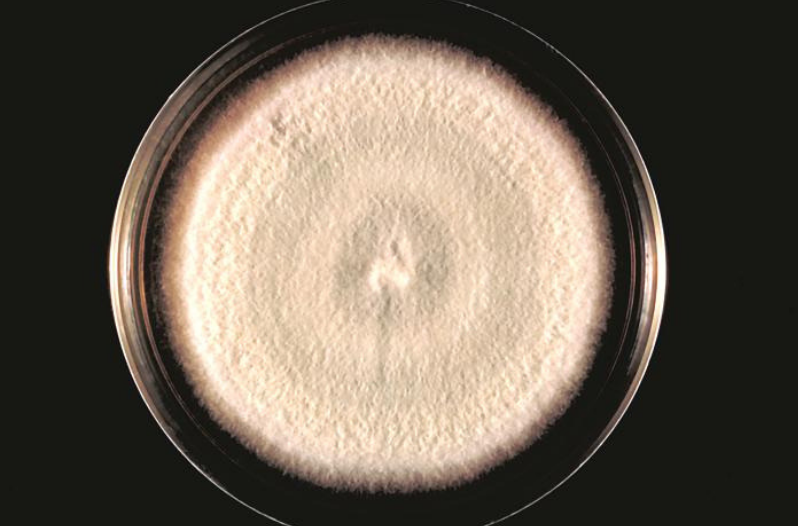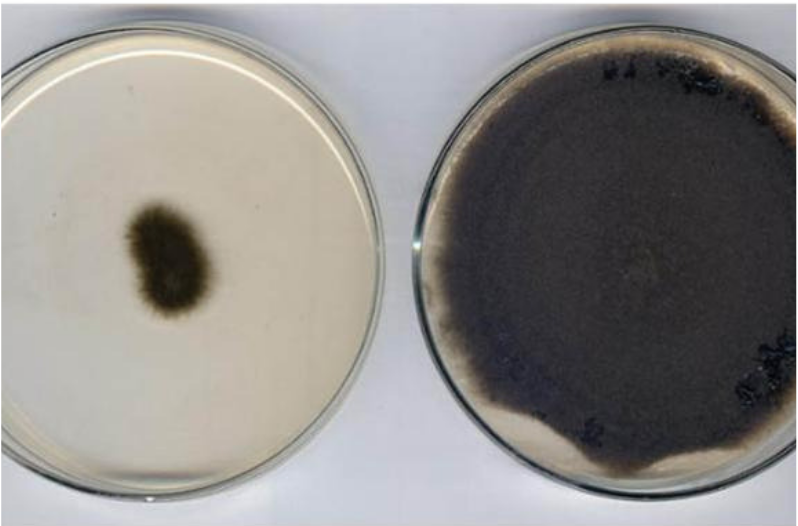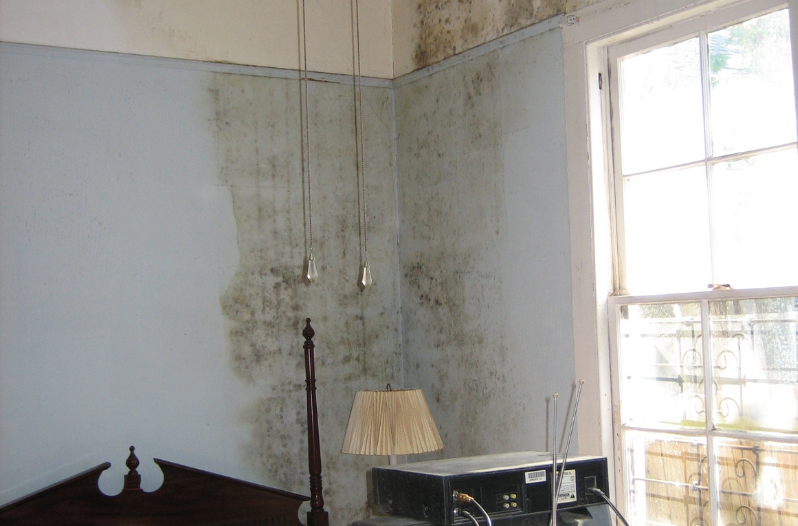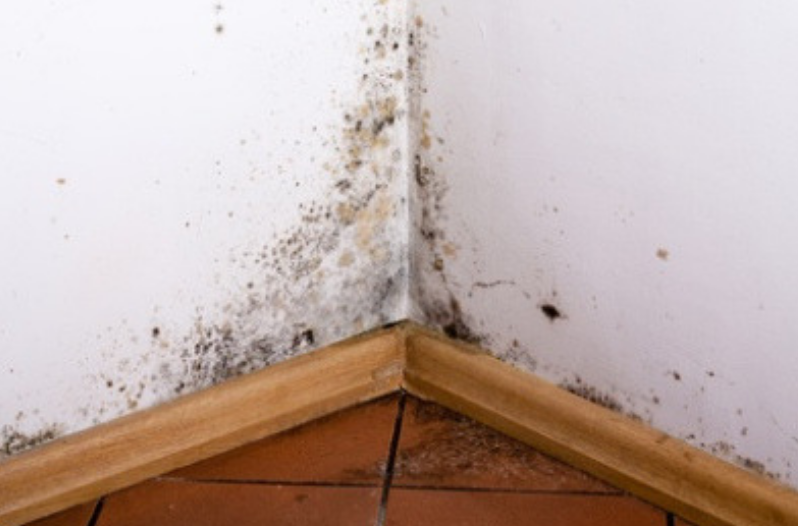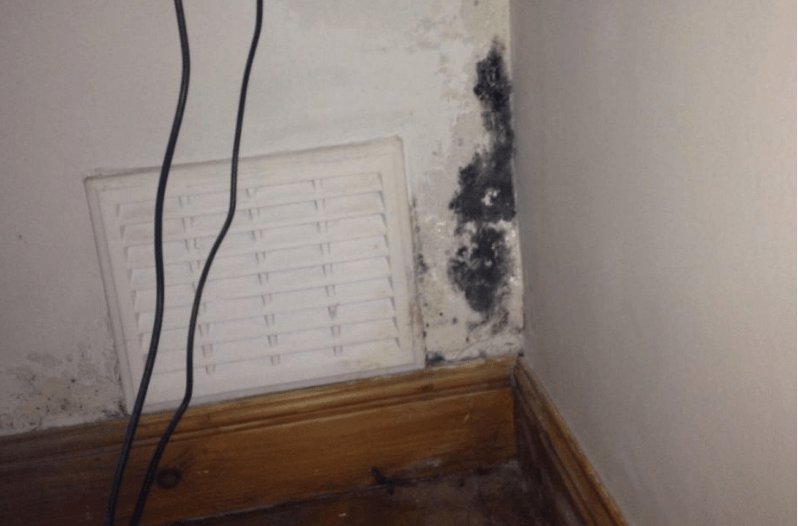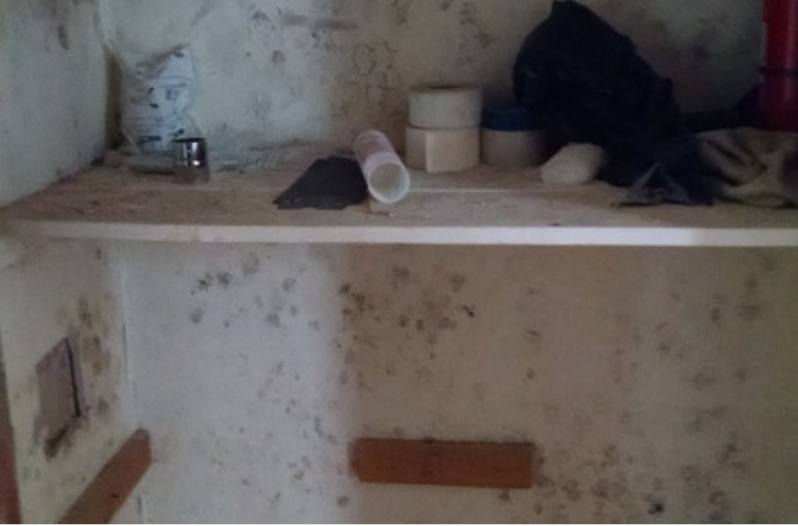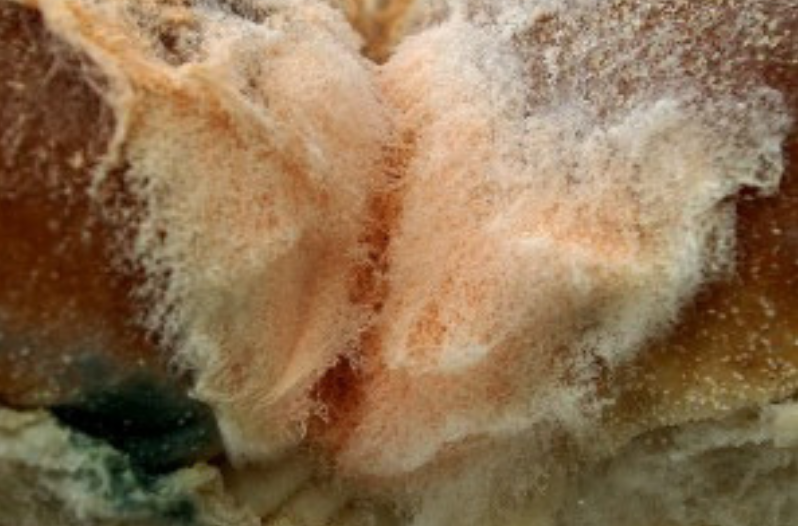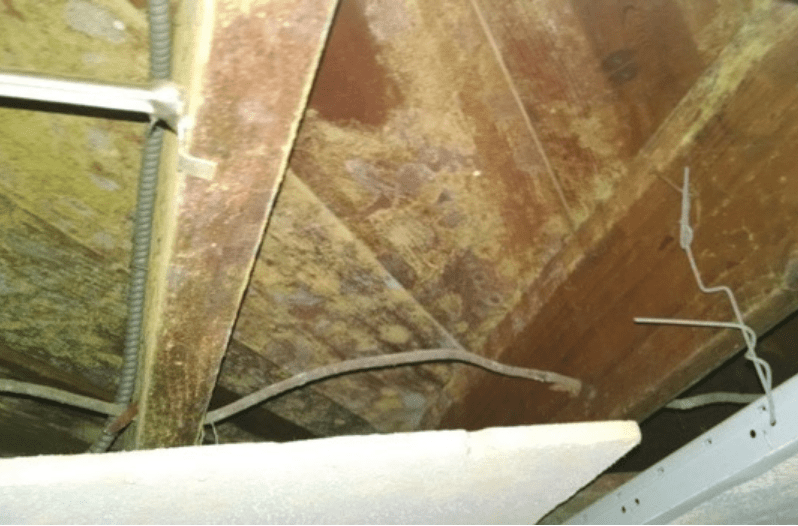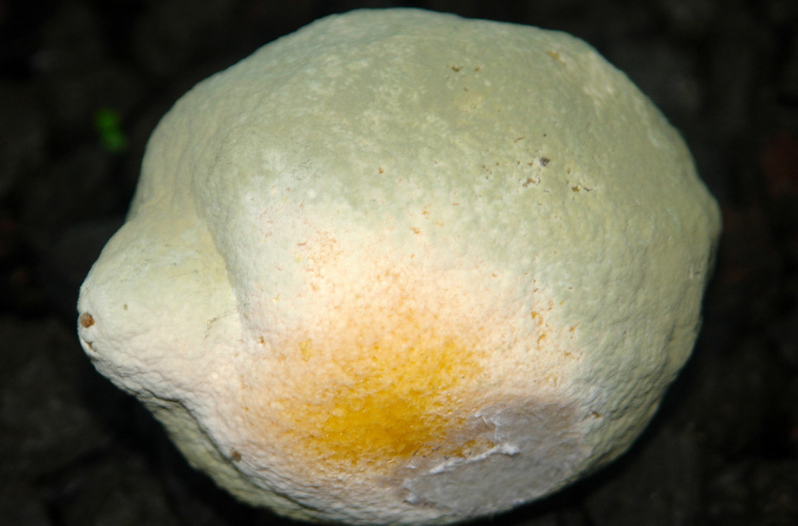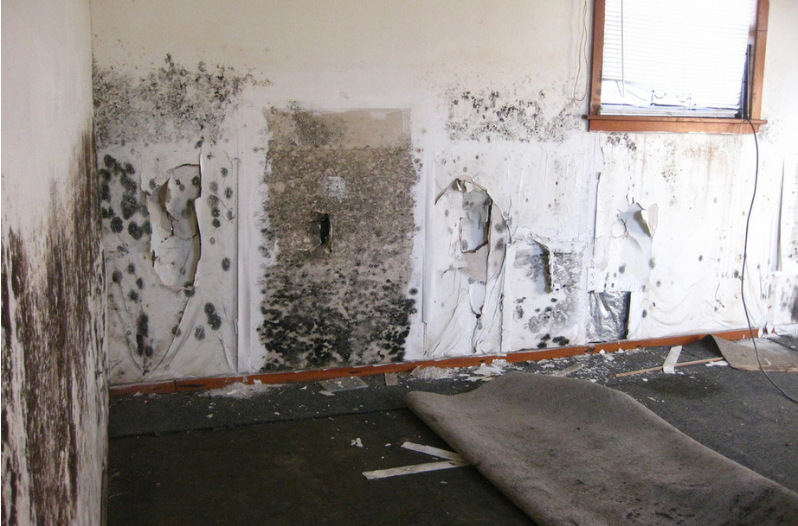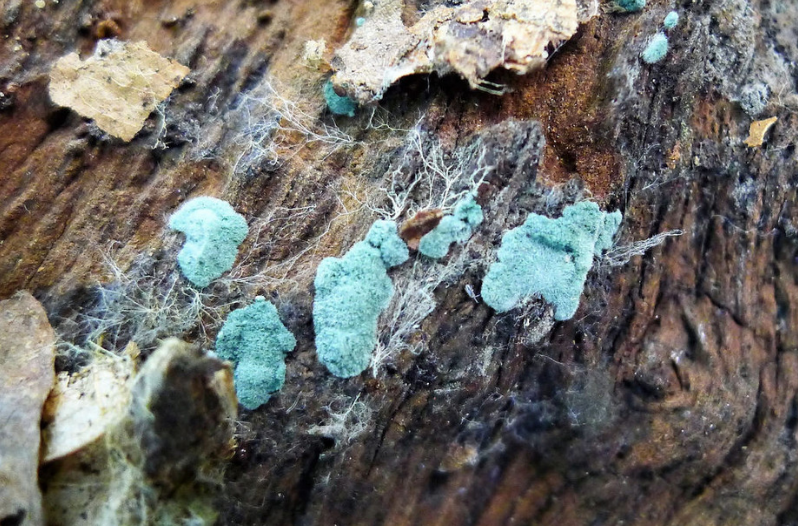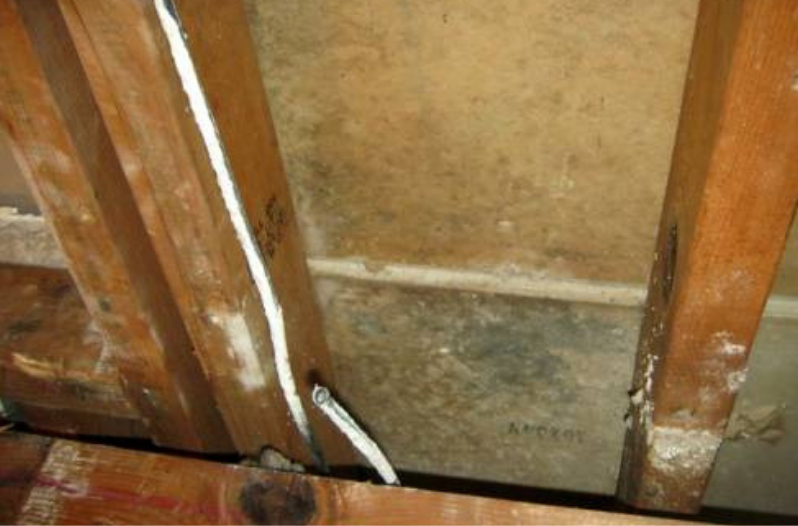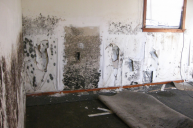Regardless of the type of mold that you find in your home, it's a problem. It can be hard to get rid of (mold removal is no easy feat) and can quickly spread. It thrives in moist areas that are common in the home like underneath your sink or behind a wall, so it's essential to know where to look and recognize what you're up against.
Videos by Wide Open Country
Here are the 12 most common types of mold and ways you can identify them in your home. Due to the health effects associated with mold growth, always call a professional for help instead of trying to remove the problem yourself. Better safe than sorry.
1. Acremonium
This toxic mold generally starts small and moist but turns into a powdery substance that could be pink, grey, orange, or white. You'll find this in small moist areas in the home like humidifiers, cooling coils, drain pans, and window sealants. The toxicity is dangerous and could lead to various health problems, including bone marrow and immune system diseases. If that wasn't bad enough, it's been known to grow alongside black mold or other strains as well.
2. Alternaria
This is an allergenic mold, which means you can tell it's there if you have allergic reactions like coughing, watery eyes, etc. It's the most common form of mold found in showers or bathtubs (could mean water damage) and is recognized by its velvety texture with dark green or brown hairs. It spreads incredibly quickly and can lead to asthma symptoms, so it's important to act fast.
3. Aspergillus
Another allergenic mold that has toxic capabilities, Aspergillus is a common mold found in American homes. It can form thick layers on the walls with its long flask-shaped spores. With over 185 species and various colors, it could lead to specific allergic reactions or respiratory infections.
4. Aureobasidium
This allergenic mold is commonly found on wooden surfaces. It appears pink, brown, or black but becomes darker in color as it ages. It could lead to eye, skin, or nail infections if you touch it, so be careful when treating the molded area not to make direct contact with your skin.
5. Chaetomium
Typically seen where there is severe water damage, Chaetomium has a texture similar to cotton. While the color starts as a white or grey, it turns to black over time and generally has a musty odor. Make sure not to touch as this could also lead to skin and nail infections.
6. Cladosporium
Another allergenic mold, this type of mold almost looks like suede and is generally an olive green or brown color. Typically causing allergic reactions, including respiratory issues, it is commonly found in fabrics in the home like carpet.
7. Fusarium
This allergenic and toxic mold is pink, white, or red in appearance and spreads quickly as it grows on food. Just make sure you check your food because this could lead to allergic reactions like a sore throat or worse, nervous system damage from the toxins.
8. Mucor
Another allergenic mold that looks white and is found in thick patches. You'll find this in damp carpets or near air conditioning units. Mold exposure could lead to extreme health risks like a fungal infection.
9. Penicillium
Blue-green in appearance and velvety texture identify this allergenic mold. Its mold spores can move through the home through the air leading to respiratory issues or symptoms of asthma. You'll generally find this where there is water damage, notably in mattresses or wallpaper.
10. Stachybotrys (Black Mold)
This toxic mold is slimy in texture and a dark green or black color. Found in damp areas that have been humid for weeks at a time, it could lead to severe health issues.
11. Trichoderma
This allergenic mold is white with green wooly patches. You'll find it under wet areas with condensation build-up like fabric, wallpaper, or even air conditioning filters. It has five subspecies, and though most are non-pathogenic, some produce mycotoxins, which could lead to health problems.
12. Ulocladium
Black in appearance, this is generally found in rooms in your house with the highest moisture following bad water damage or condensation. Bathroom/basement etc. This mold is easily confused with other types, so always call a professional because it could lead to severe health issues like hay fever.
Now Watch: The 5 Best Log Cabin Kits to Buy and Build
